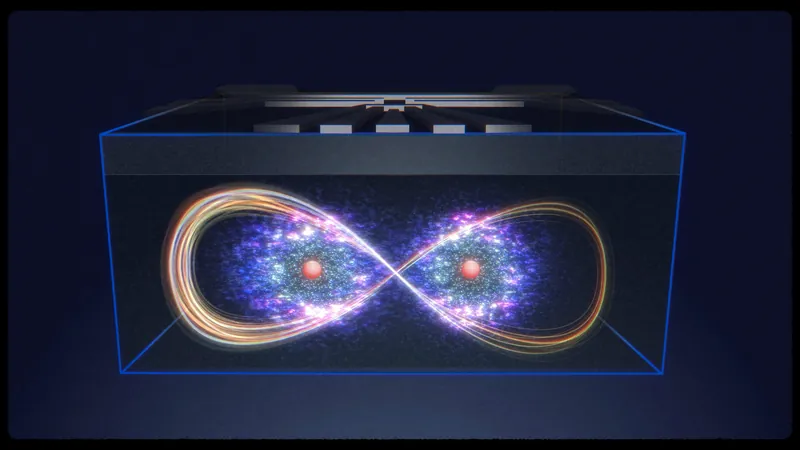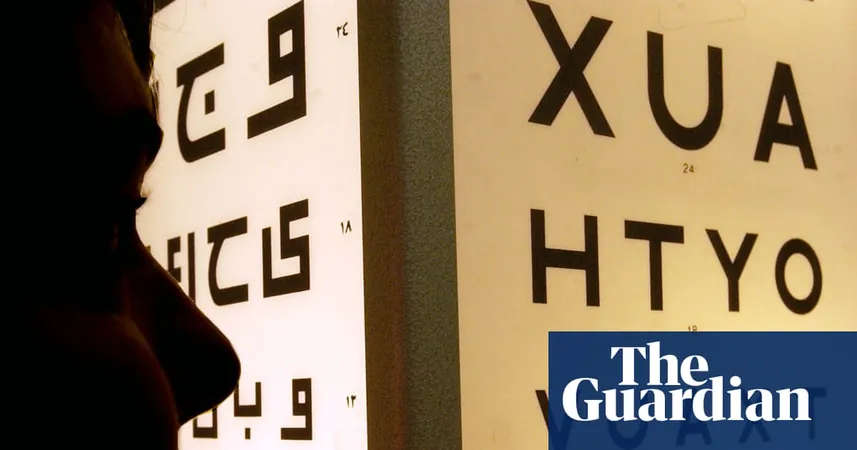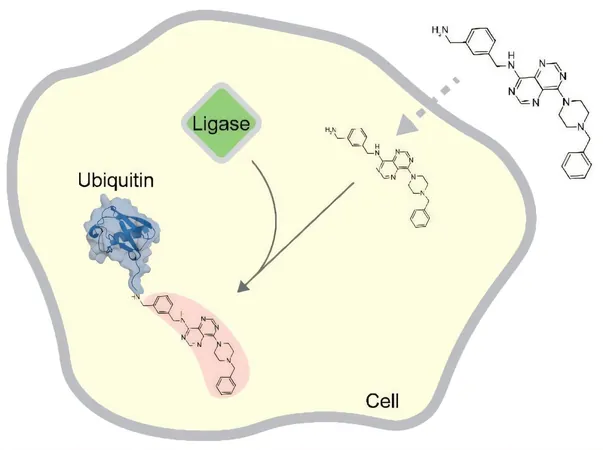
Atoms Now Chatting: A Quantum Leap in Computing Technology!
2025-09-18
Author: William
Breakthrough in Quantum Computing!
Engineers at UNSW have achieved a monumental milestone in quantum computing by creating 'quantum entangled states' with the spins of two atomic nuclei. This extraordinary development signals a major leap toward constructing large-scale quantum computers, which are poised to revolutionize technology in the 21st century.
Unlocking the Future of Quantum Microchips
Leading this groundbreaking research, Dr. Holly Stemp reveals that they have managed to make isolated quantum objects communicate over significant distances, all while utilizing current manufacturing processes. This means the future of quantum microchips can potentially be developed without starting from scratch!
Balancing Act: Overcoming Challenges in Quantum Computing
Quantum engineers face the daunting task of ensuring computing elements are shielded from outside noise while allowing them to interact effectively. Various hardware solutions exist, but each comes with its own set of challenges. UNSW’s team has utilized the nuclear spin of phosphorus atoms embedded in silicon chips to encode quantum information—treading new ground in quantum technology.
The Soundproof Room Analogy: A New Way of Thinking
Dr. Stemp likens the previous limitations of atomic nuclei to individuals trapped in a soundproof room—able to converse clearly but isolated from the broader world. With this latest breakthrough, it’s as if these nuclei have been equipped with telephones to communicate beyond their confines! This innovative method allows them to 'speak' even when spaced far apart.
Communicating at Nano-Distances: A Giant Leap in Scale
The nuclei are spaced a mere 20 nanometers apart—think a thousandth of a human hair. But scaling up the analogy further: if each nucleus were the size of a person, the distance would equal the span between Sydney and Boston!
Bridging the Gap: Leveraging Existing Technology
What's fascinating is how this breakthrough aligns with existing silicon chip production techniques. The phosphorus atoms used in the study were implanted by a specialized team, meaning the transition from traditional to quantum computing could be smoother than previously thought.
A Robust and Scalable Future Ahead!
With this new method, UNSW researchers have cleared one of the biggest hurdles in scaling silicon quantum computers. As Prof. Andrea Morello explains, the use of electrons allows for precise control, promising a scalable pathway for future quantum computers. The mix of cutting-edge science and practical application could transform how we think about computing forever!
Conclusion: A Quantum Revolution Is on the Horizon!
This breakthrough isn't just a technical achievement—it's a signal that a quantum revolution is coming, one that could reshape the landscape of technology as we know it. Buckle up for an exciting future where quantum computing meets everyday technology seamlessly!









 Brasil (PT)
Brasil (PT)
 Canada (EN)
Canada (EN)
 Chile (ES)
Chile (ES)
 Česko (CS)
Česko (CS)
 대한민국 (KO)
대한민국 (KO)
 España (ES)
España (ES)
 France (FR)
France (FR)
 Hong Kong (EN)
Hong Kong (EN)
 Italia (IT)
Italia (IT)
 日本 (JA)
日本 (JA)
 Magyarország (HU)
Magyarország (HU)
 Norge (NO)
Norge (NO)
 Polska (PL)
Polska (PL)
 Schweiz (DE)
Schweiz (DE)
 Singapore (EN)
Singapore (EN)
 Sverige (SV)
Sverige (SV)
 Suomi (FI)
Suomi (FI)
 Türkiye (TR)
Türkiye (TR)
 الإمارات العربية المتحدة (AR)
الإمارات العربية المتحدة (AR)